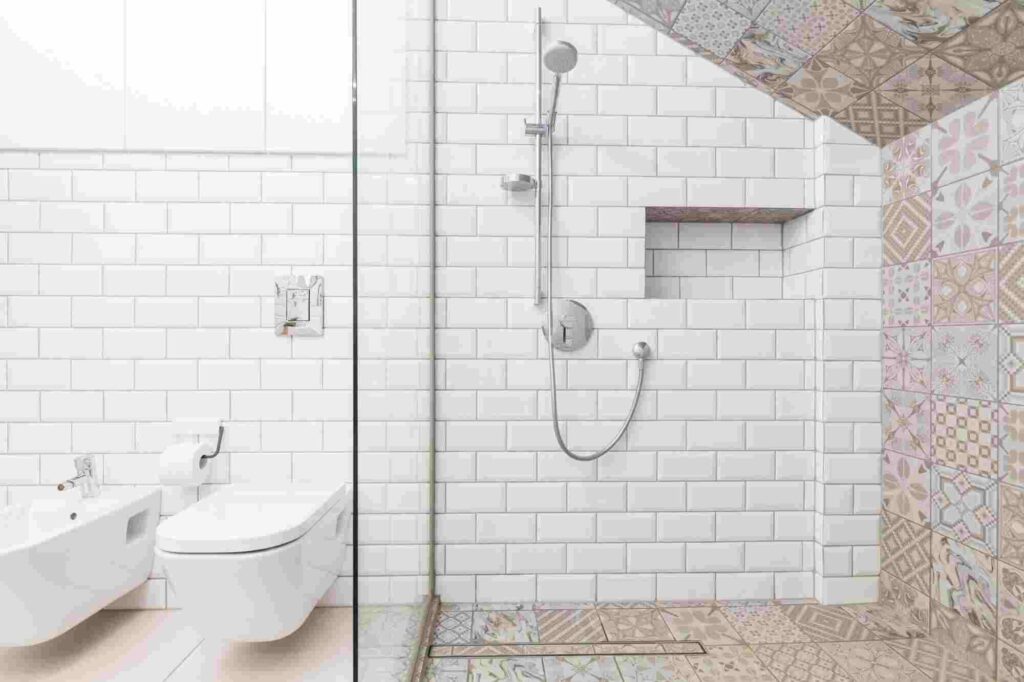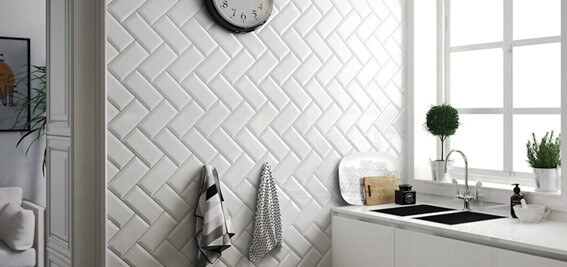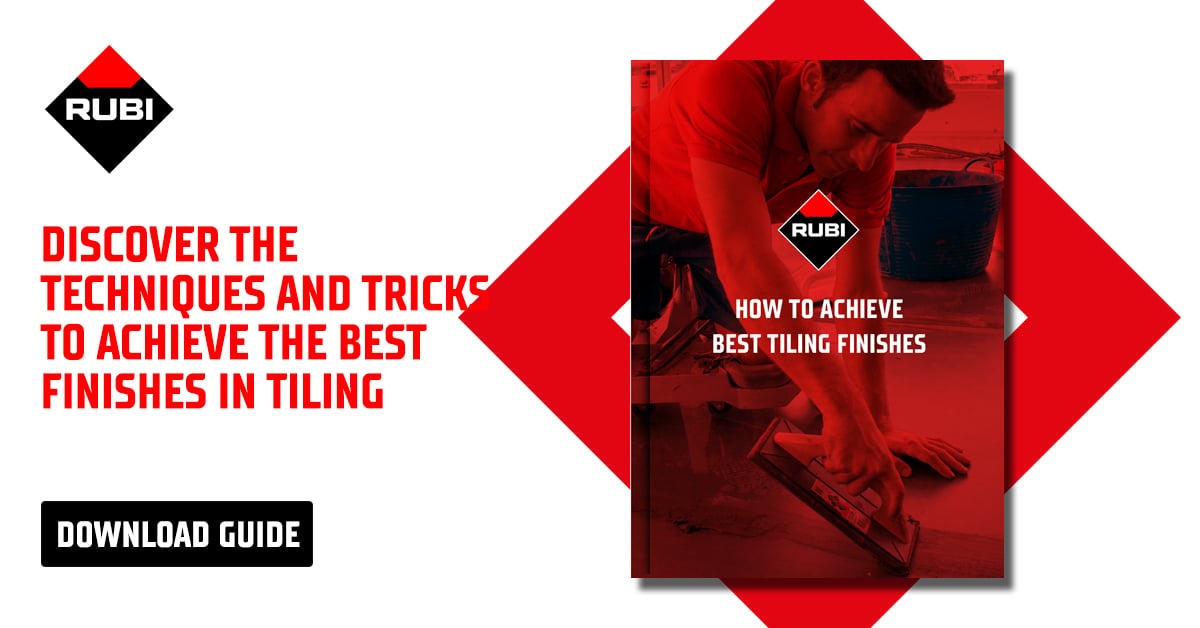Using the right backing boards for tiling is crucial to avoid moisture damage and ensure a stable, long-lasting foundation. As demand for durable tile backer boards grows, selecting the proper board can prevent cracking, instability, and mold. Whether tiling a bathroom or patio, the right backing board ensures moisture resistance and durability for lasting results.

Types of Backing Boards and Their Applications
The type of backing board you choose can significantly impact the durability of your tiling project. Matching the backing board to the specific application can also enhance moisture resistance. You want to make sure that you are choosing the right foundation for the job.
Cement Boards
It’ll also create a visually appealing finish that will last for years. Here are some types of backing boards and their applications.
Cement boards are among the most widely used backing boards. They are preferred for their strength and resistance to water damage.
Made from cement and reinforced with fibers, they can withstand high loads. Consider using them in:
- Wet areas such as bathrooms and showers
- Floors and walls located in high-traffic areas
- Outdoor tiling projects
Foam Boards
They are lightweight and easy to work with. Therefore, they’re ideal for DIY projects. If you treat them properly, they can offer excellent insulation properties.
Foam boards are an excellent option for walls in moisture-prone areas such as bathrooms. But before using them, ensure they are specifically designed for such wet environments. Otherwise, they might deteriorate or become breeding grounds for mold.
Fiber Cement Boards
They combine the benefits of cement and cellulose fibers. This makes them more durable and flexible, which is ideal for extra load bearing.
They are also moisture-resistant and easier to cut compared to traditional cement boards. Due to their versatility and strength, you can use them for various applications, including:
- Wet areas
- Exterior Cladding
- Flooring in high-traffic areas
- Fire-resistant partitions
These qualities make them a great choice for construction and renovation. Fiber cement boards offer longevity and low-maintenance performance.
Gypsum Boards
These boards, particularly the green ones, are water-resistant but not waterproof. You can use them in humid areas like bathrooms but ensure they don’t come into direct contact with water. They can also be ideal for wall applications where moisture is expected but not constant.
Waterproofing and Moisture Resistance
A backing board with adequate moisture resistance can extend the longevity of your tiles. Without proper moisture resistance, backing boards for tiling avoid moisture and tiles in areas prone to water damage, such as bathrooms, can become loose. Some additional measures that can help you enhance moisture resistance include:
- Sealing seams using specialized tape or sealant
- Applying waterproof membranes
Check that all seams and surfaces are adequately protected for long-lasting results. Regularly inspect the installation to detect potential issues early.
Substrate Preparation and Installation Techniques
Preparing the substrate properly is vital for achieving a successful tile installation. If your tile foundation is not prepared properly, it can lead to problems such as uneven tiles. It can also result in cracking and premature wear of the tiles.
Check out some practical practices to help you achieve a durable and long-lasting tile installation.
Ensure a Flat Surface
Before installing your backing board, ensure the substrate is flat. Remove debris and other contaminants that can uneven the surface. Otherwise, irregularities such as dips and bumps can unevenly place the tiles, causing them to shift.
You can utilize a leveling compound to fill in low spots. Use a grinder to smoothen high areas and achieve a perfectly level surface.
Attachment Methods
To ensure the backing board is securely fixed, use screws or adhesives. If you choose screws, drive them in at the correct depth and space accordingly. This will help prevent movement or wrapping.
When using adhesive, choose one designed for the specific type of backing board you’re installing. Also, spread the adhesive evenly across the surface to create a more cohesive bond.
Creating Strong Seams
Pay attention to how you join boards together. This step can significantly affect the stability and durability of your installation. Weak seams can lead to gaps or cracks, shifting the tiles over time.
To create strong seams, start by applying reinforcing tape or mesh over the seams. This will help redistribute the load across the joints and prevent cracks. Also, use a thin-set mortar to fill the gaps between the seams.
Apply the mortar evenly to both the boards and joints to create a seamless cohesion. It would be best if you also used a trowel or scraper to remove any excess material. This will ensure the seams are flush with the surface, providing a smooth and even foundation.
Considerations for Durability and Tile Compatibility
Choosing a durable and compatible backing board will enhance the stability of your installation. It will also increase the lifespan of your tile, saving you from costly repairs and maintenance. When selecting a backing board, pay attention to factors such as tile load-bearing capacity.
Ensure you pick a bearing board that can support the weight of your chosen tiles. Additionally, consider the thickness of the backing board. Tiles such as porcelain are heavy and require thicker boards for reinforced support.
It’s also essential you stick to backing board building codes. This will ensure your installation complies with industry standards for enhanced safety.
Choose the Right Backing Boards for Tiling Today
Understanding the different types of backing boards for tiling available will help you make informed purchase decisions. Whether working on an interior or exterior tiling project, selecting the correct backing board is key to achieving durable and high-quality results.
A strong, durable tile foundation is among the requirements for a successful project. With RUBI’s premium backing boards and expert guidance, you can ensure moisture resistance and long-lasting stability. Our products are designed to help you create flawless tiling installations with ease.
Contact us today to get started on building your project on a solid foundation.





Post a comment